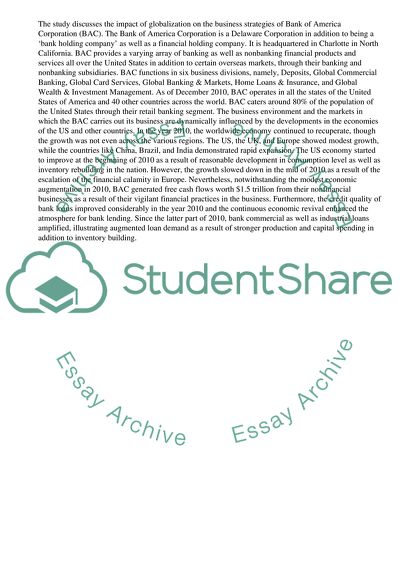Cite this document
(“Business Environment and the Analysis of the Financial Health of Bank Essay - 1”, n.d.)
Business Environment and the Analysis of the Financial Health of Bank Essay - 1. Retrieved from https://studentshare.org/management/1432712-bank-of-america-business-analysis
Business Environment and the Analysis of the Financial Health of Bank Essay - 1. Retrieved from https://studentshare.org/management/1432712-bank-of-america-business-analysis
(Business Environment and the Analysis of the Financial Health of Bank Essay - 1)
Business Environment and the Analysis of the Financial Health of Bank Essay - 1. https://studentshare.org/management/1432712-bank-of-america-business-analysis.
Business Environment and the Analysis of the Financial Health of Bank Essay - 1. https://studentshare.org/management/1432712-bank-of-america-business-analysis.
“Business Environment and the Analysis of the Financial Health of Bank Essay - 1”, n.d. https://studentshare.org/management/1432712-bank-of-america-business-analysis.


